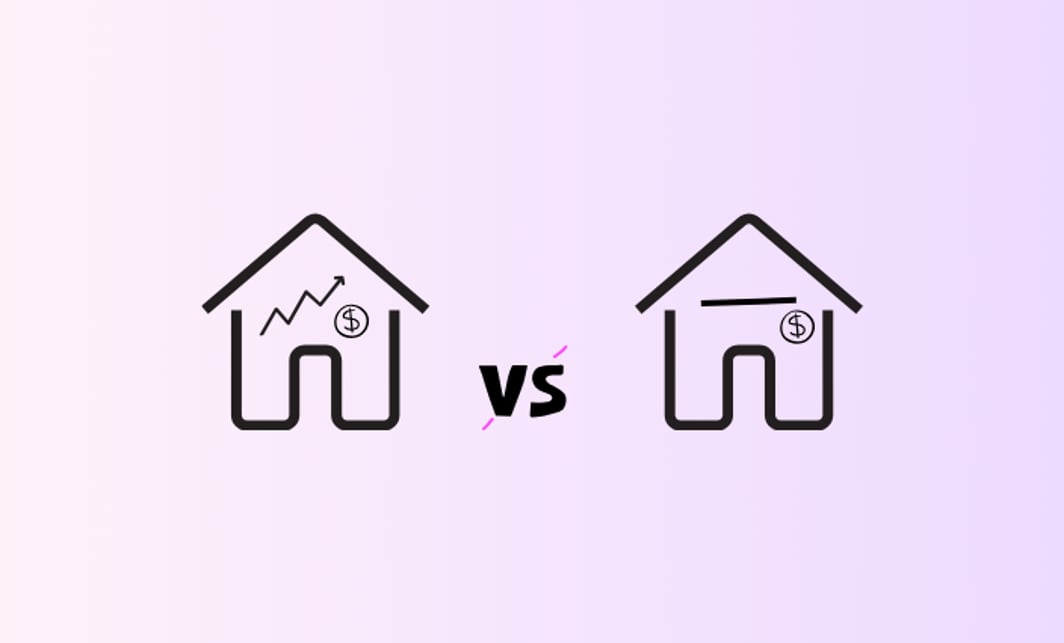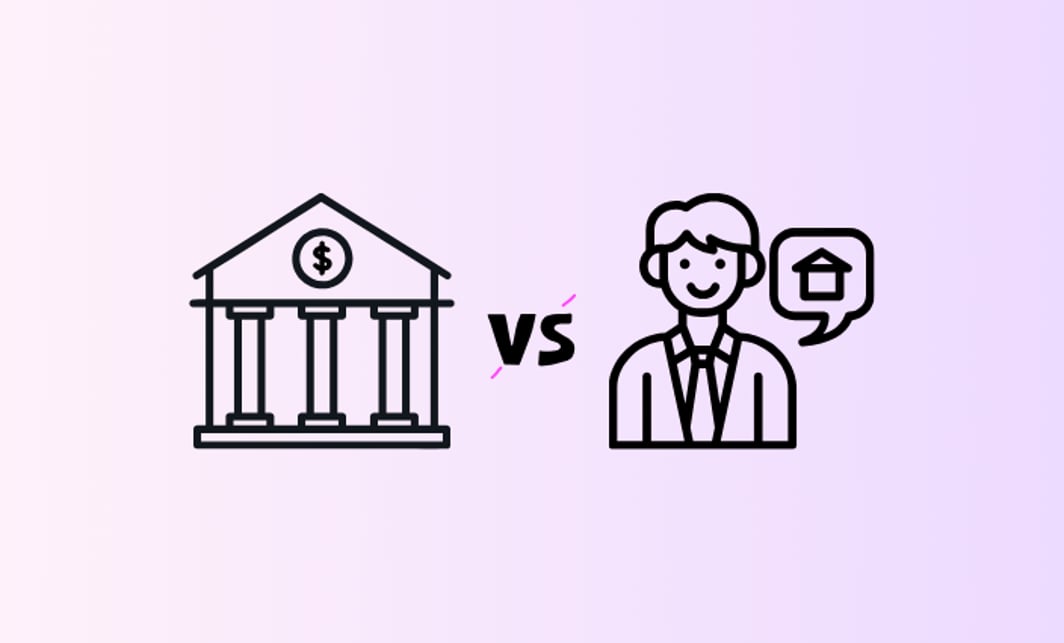Choosing between fixed and variable home loan rates represents a pivotal financial decision for first home buyers, existing homeowners considering refinancing, and property investors. Understanding the nuances, pros and cons, and current market trends is essential for making informed choices that align with personal financial goals and prevailing economic conditions. This comprehensive guide explores fixed versus variable home loans in the Australian context, offering actionable insights and strategic advice to empower borrowers in today's dynamic mortgage environment.
Introduction to Fixed vs Variable Home Loan rates
Overview of Fixed and Variable rates
A fixed-rate home loan locks in the interest rate for a predetermined term, commonly ranging from one to five years. This means repayments remain consistent throughout the fixed period, insulating borrowers from interest rate fluctuations. Fixed loans provide repayment certainty, which is valuable for budgeting and financial planning.
In contrast, a variable-rate home loan has an interest rate that fluctuates based on changes to the Reserve Bank of Australia's (RBA) cash rate and other market conditions. Variable rates can rise or fall over time, affecting monthly repayments accordingly. Borrowers with variable loans benefit from rate decreases but are exposed to the risk of rate hikes.
Borrowers may also consider hybrid or split loans, which combine fixed and variable components to balance stability and flexibility.
Current economic and market context
Since May 2022, the RBA has undertaken a series of cash rate hikes totalling approximately 425 basis points to combat inflationary pressures. This monetary tightening has increased both fixed and variable home loan rates in Australia. The large share of variable-rate mortgages—nearly 80% of outstanding loans—means that variable rates have responded relatively quickly to cash rate changes, raising borrowers' mortgage service costs significantly.
Additionally, many fixed-rate loans contracted during the low-rate environment of the pandemic are expiring and repricing at higher rates, contributing to an average mortgage rate increase projected at an additional 35 basis points through December 2024. Consequently, scheduled household mortgage payments have risen to about 10% of disposable income, reflecting elevated financial pressure on Australian households.
Impact of economic indicators and interest rate projections
Influence of RBA cash rate and monetary policy
The RBA cash rate is the benchmark for most home loan interest rates. Changes in the cash rate transmit to mortgage rates through lenders adjusting their variable rates and repricing fixed loans upon expiry. With recent monetary policy tightening, variable rates have increased substantially, while fixed rates have adjusted upward as loans refinance at new higher rates.
The transmission mechanism is more immediate for variable loans, while fixed loans experience delayed effects upon term expiry. This dynamic means borrowers with variable loans face more immediate repayment volatility, whereas fixed-rate borrowers encounter payment shocks at rollover.
Interest rate forecasts and borrower implications
Looking ahead to 2024-2026, the RBA projects a plateau in the cash rate near current levels through mid-2024, followed by a gradual easing to around 3.25% by mid-2026. Market forecasts from major banks anticipate incremental rate cuts starting in 2025, potentially lowering variable home loan rates.
For borrowers, this suggests that variable rates may decline modestly over the medium term, offering potential repayment relief. Fixed-rate loans, while offering stability, may currently carry a premium reflecting higher market rates. Borrowers must weigh the trade-off between near-term certainty and potential savings from falling rates when selecting loan types.
Borrower behaviour and financial considerations
Refinancing trends and switching behaviour
Recent data shows around 450,000 fixed-rate loans are set to roll off onto higher variable rates in 2024, leading to significant repayment increases for many borrowers. This has prompted refinancing activity as borrowers seek to lock in new fixed rates or switch to variable loans anticipating rate cuts.
Post-refinancing, borrowers with stable incomes and higher risk tolerance tend to favour variable rates for their lower initial costs and flexibility, while those with larger loans or less income stability often choose fixed rates to avoid payment volatility.
Short- and Long-Term financial goals of borrowers
Short-term goals often prioritise manageable monthly repayments and cash flow stability. Borrowers facing fixed-rate expiry may refinance to mitigate payment shocks or negotiate terms that align with tighter budgets.
Long-term goals focus on wealth accumulation, equity building, and debt sustainability. Fixed rates provide predictability aiding financial planning, while variable rates can offer opportunities to capitalise on falling interest rates, enhancing long-term returns.
First home buyer perspectives
First home buyers typically operate with tighter budgets and higher financial uncertainty. Fixed rates offer peace of mind with stable repayments, crucial for early financial stability. Variable rates may be cheaper initially but carry the risk of payment increases, which can strain limited budgets.
Key factors for first home buyers include:
- Fees and penalties: Fixed loans often have break costs for early repayment or refinancing.
- Flexibility: Variable loans usually allow more flexible repayments and redraws.
- Market conditions: Current elevated fixed rates versus potentially declining variable rates must be balanced against risk tolerance.
Risk management and lender strategies
Default, prepayment, and arrears trends
Data indicates that fixed-rate borrowers face payment shocks upon loan expiry, with 40-60% payment increases common in 2023-2024, elevating default risk if borrowers lack financial buffers. Variable-rate borrowers experience gradual repayment increases due to incremental rate rises, with arrears primarily among owner-occupiers showing increased financial stress.
Lenders monitor these trends closely, adjusting risk management frameworks and pricing strategies accordingly. Fixed-rate products may command higher spreads to compensate for payment shock risks, while variable-rate pricing reflects ongoing rate volatility and borrower vulnerability.
Hybrid mortgage products
Hybrid loans combining fixed and variable features are gaining traction as borrowers seek to balance interest rate risk and payment stability. These products allow partial fixed protection with variable rate flexibility, appealing amid uncertain rate environments.
For lenders, hybrids diversify interest rate exposure, mitigate portfolio risk, and respond to regulatory capital requirements by smoothing cash flow volatility.
Regulatory and monetary policy influences on lender offerings
Recent monetary tightening and regulatory measures by APRA and ASIC have tightened credit conditions, particularly affecting high loan-to-valuation ratio (LVR) loans and investment lending. Lenders have responded with higher fixed and variable rates, stricter lending criteria, and cautious product innovation focusing on risk-adjusted returns.
Cost Considerations and Incentives
Lender incentives, discounts, and spreads
Variable-rate loans currently receive more substantial lender discounts, especially for borrowers with LVRs ≤ 80%. For example, ANZ offers up to 1.4% p.a. discounts on standard variable loans versus smaller or no discounts on fixed loans.
Lending spreads over funding costs have narrowed due to rising bank funding costs, compressing net interest margins and influencing loan pricing. Fixed-rate loans carry higher hedging costs, contributing to their relative price premium.
Fees, penalties, and loan features
Fixed loans typically incur break costs for early repayment or refinancing, which can be substantial and reduce the cost-effectiveness of switching. Variable loans generally offer more flexible repayment options, including unlimited additional repayments and redraw facilities.
Offset accounts, common with variable loans, provide tax-effective interest savings by reducing the loan principal on which interest is charged. Fixed loans may limit redraw access and impose penalties, reducing borrower flexibility.
Tax efficiency and investment considerations
For property investors, fixed rates offer stable interest deductions aiding tax planning but at the expense of higher current costs. Variable rates provide flexibility to adjust debt levels and refinance opportunistically, potentially enhancing cash flow and ROI but with exposure to rate volatility.
Strategic Decision-Making and Timing
Optimal timing for refinancing between fixed and variable Rates
Refinancing is most beneficial when borrowers can secure lower rates or better loan features. Typically, refinancing just before fixed-term expiry avoids payment shocks. Current market trends show variable rates below advertised fixed rates, incentivising some borrowers to switch to variable loans if they expect rates to remain stable or decline.
Cost-effectiveness of switching and associated penalties
Borrowers must consider break costs on fixed loans and potential rate increases on variable loans. While variable loans may offer initial savings and flexibility, refinancing penalties and the risk of rising rates can erode benefits.
Advisability of Fixed vs Variable rates over the next 1-3 years
Given RBA forecasts of a gradual rate decline starting mid-2024 and continuing through 2026, variable rates may provide savings over time, albeit with short-term volatility. Fixed rates offer protection against unexpected rises but at higher current costs and potential break fees.
First home buyers with lower risk tolerance may prefer fixed rates for budgeting certainty, while investors and refinancing homeowners with flexible finances might opt for variable loans to exploit falling rates.
Summary
Navigating the fixed versus variable home loan decision requires careful assessment of economic forecasts, personal financial circumstances, and loan features. Borrowers should:
- Evaluate current and projected interest rates: Consider RBA guidance and market forecasts indicating near-term rate stability followed by gradual easing.
- Assess personal risk tolerance and cash flow needs: Fixed rates suit those valuing repayment certainty; variable rates appeal to flexible borrowers comfortable with some volatility.
- Consider loan features, fees, and penalties: Factor in break costs for fixed loans and the benefits of redraw and offset facilities on variable loans.
- Plan refinancing timing strategically: Aim to refinance before fixed-term expiries to avoid payment shocks or capitalise on rate cuts.
- Leverage professional advice: Use fixed rate home loan calculators and variable rate mortgage comparisons to quantify costs and benefits.
For first home buyers, a cautious approach with fixed or split loans may provide financial stability. Existing homeowners and investors with diversified income may benefit from variable or hybrid loans to optimise cash flow and tax efficiency.




